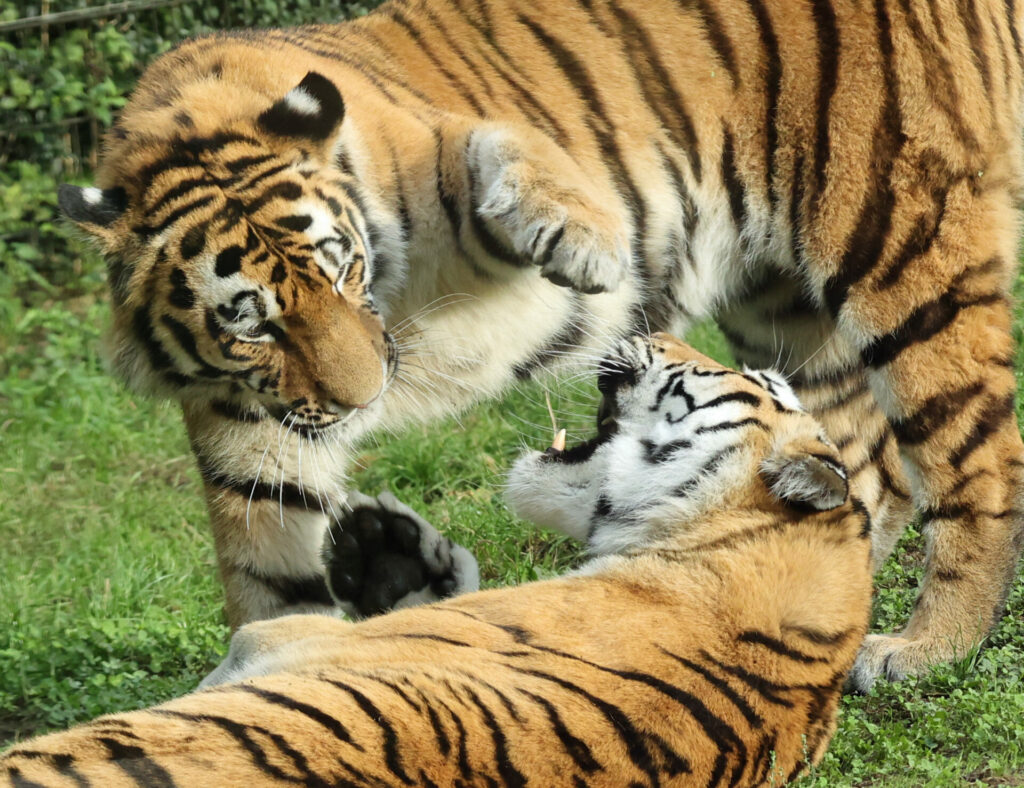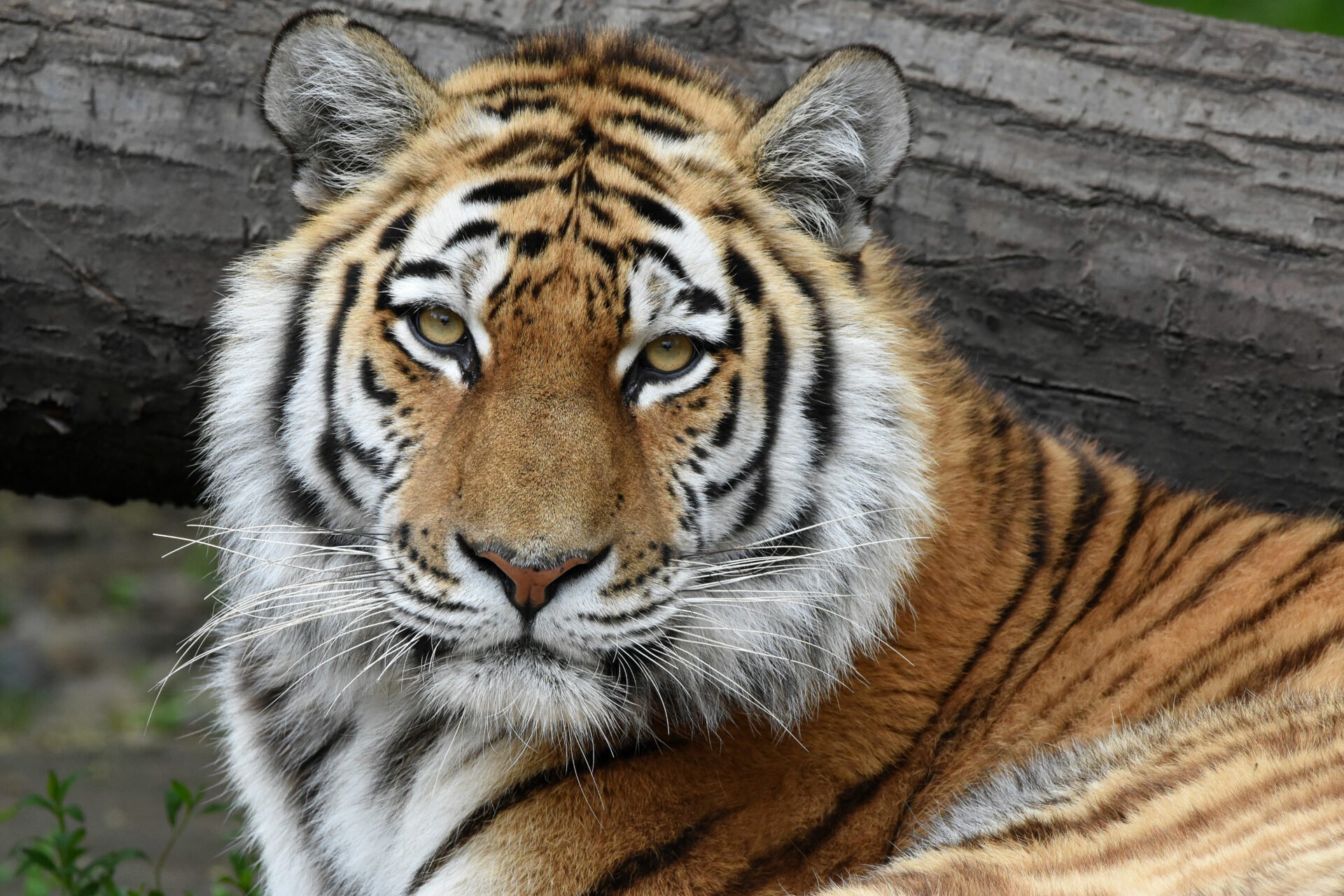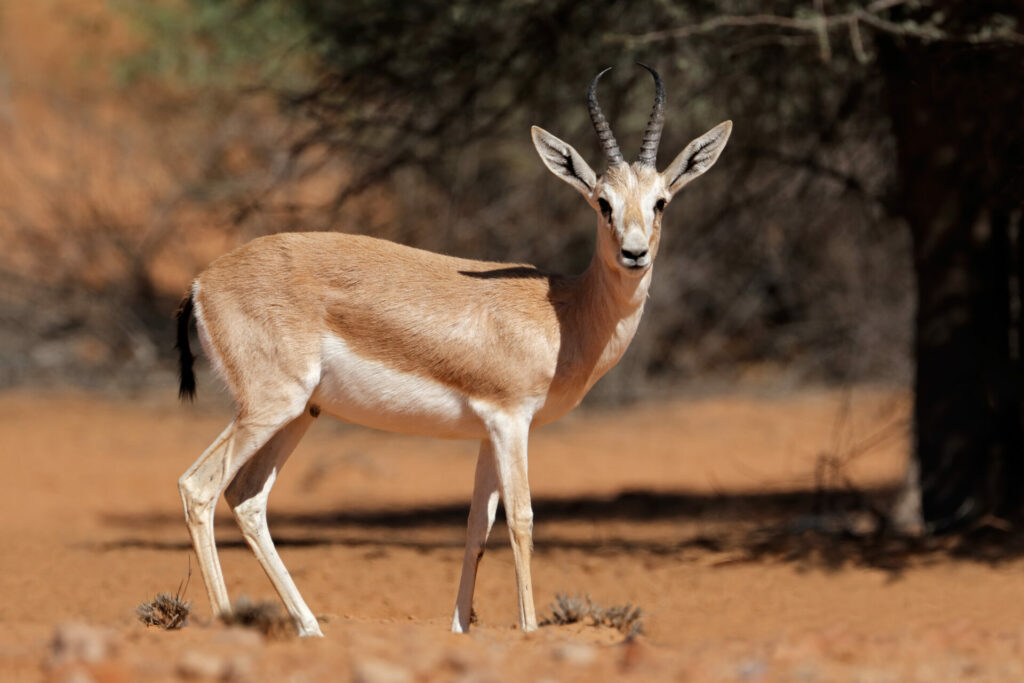Scientists have identified two distinct personality traits in Siberian tigers which are mirrored in recognised human characteristics – and could help their survival.
The experts concluded that Siberian tigers fall into two personality types – ‘majesty’ and ‘steadiness’ which loosely correlate as extrovert and introvert.
The researchers say the findings, following studies at two Chinese wildlife sanctuaries in 2022, The Year of the Tiger, could offer insights into the conservation and survival of the big cats.
Siberian Tigers Study

The behaviour of the 248 Siberian tigers observed showed that the endangered cats had unique traits influencing both their success in reproduction and survival.
Tigers that scored higher on majesty (extrovert) are healthier, eat more, have higher group status, and mate more often.
Dr Rosalind Arden, joint author of the research from the London School of Economics, said: ‘It shows that tigers do tend to have some dispositions, just as in humans you get people who are very extrovert or very introvert,’ she said. ‘We found that tigers are very individual and that people who’ve worked with them and know them well see their individual personalities.’
The study involved giving veterinarians that worked with 152 tigers in the Harbin Siberian Tiger Park and those who worked with 96 tigers living in Hengdaohezi Siberian Tiger Park a tiger personality questionnaire to fill in using words to describe each tiger.
‘Tigers that scored higher on majesty (extrovert) are healthier, eat more, have higher group status, and mate more often’
An average of more than three people rated each tiger, and researchers found that the words fit into two clusters, which they called majesty and steadiness (introvert).
Tigers that scored high for majesty were highly rated on words including dignified, confident, and fierce and placed low on terms including withdrawn and feeble.
High ratings for steadiness in tigers were associated with words like friendly, gentle, and loving but ranked low for words such as aggressive or cruel.
‘As we learn more about the uniqueness of each tiger we may inspire greater compassion and understanding from their most significant threat: humans,’ the team concluded.
Siberian, or Amur tigers are the largest of the big cat species – an adult male can reach around 3m in length and weigh up to 206 kg. They have the biggest territory of any cat: in males up to 2000 km2 and can live to at least 14 years in the wild and have lived up to 35 years in captivity.
Writing in the journal Royal Society Open Science, the team describe how Chinese researchers studying the animals compiled a list of 70 words that described the animals’ temperaments, such as adaptive, or obstinate.
‘If I were to choose which of these human dimensions resemble our tiger dimensions most, I would probably compare majesty to extraversion (positive emotions) and steadiness to the opposite of neuroticism,’ said Dr Abdel Abdellaoui, the second joint author of the research, who is based at the University of Amsterdam.
‘These were all initially Chinese words, so there might be both cultural and language differences that make some of these words harder to translate.’The study found very few sex-related differences in tigers’ personalities, however, and observed how father tigers take part in raising their young.
‘It’s pleasant to see that you don’t have to be dominant, fierce, competitive and aggressive in order to succeed as a tiger,’ said Dr Arden.









